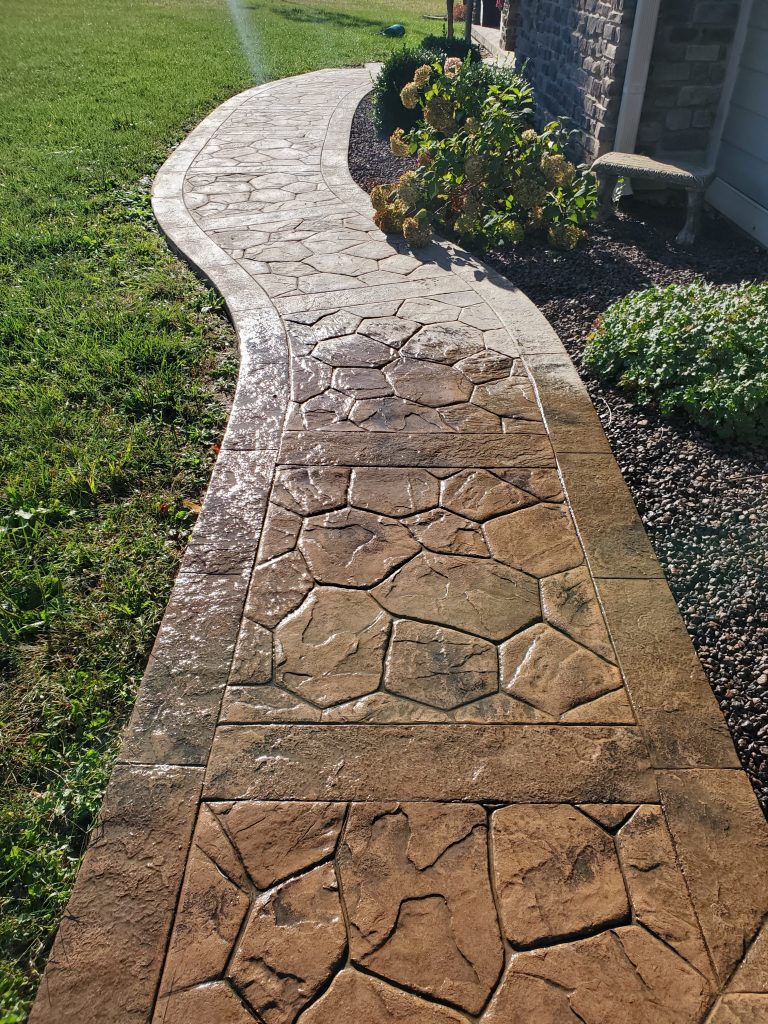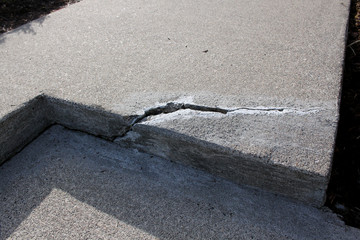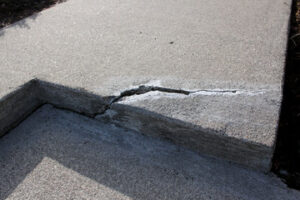Stamped Concrete Dallas is a popular choice for homeowners looking to add beauty and value to their homes. It offers many benefits over other paving materials.
Contractors use large, flexible stamps to create a textured finish on fresh concrete. They then apply color, either integrated into the mix or a stain applied afterward.

Concrete stamps come in a wide range of textures and colors to match the style of your home. Patterns based on natural stone, brick and cobblestone are very popular. Other textures imitate tile, slate, and wood.
Contractors use large, flexible polyurethane stamps to create the textured finish. They’re then pressed into wet concrete to replicate the desired style. Prior to stamping, the contractors spray the patterned side of the stamp with a release agent that prevents concrete from adhering to it. The contractor can then add color to the concrete using integral or dry shake coloring products, stains and tints.
Unlike bricks and stones, which must be cut ahead of time and laid in the ground, stamped concrete can be poured as part of a new construction or as an overlay on existing concrete. This means contractors can save time and money by installing it sooner, and fewer labor costs are associated with the process.
When designing a stamped concrete project, the first step is picking the pattern and texture. The texture will then guide the color selection. For example, a stone texture typically works best with grays and earth tones while a brick pattern looks best in red hues. For an even more personalized design, contractors can add accent colors to the textured surface. For instance, they can stain the concrete in a contrasting color to highlight cracks and grout lines for added realism.
Versatility
The versatility of stamped concrete allows you to mimic the look and feel of pricier materials like stone, slate, brick and wood. This can transform a plain patio into an eye-catching focal point of your outdoor space. With the addition of a textured finish, stamped concrete can emulate the look and feel of flagstone or brick paving without the hassle of weeds cropping up in-between or uneven stones.
Another great thing about stamped concrete is that it’s a lot easier to clean than other high-end materials like flagstone, brick and pavers. Dirt, mildew and stains simply wash away with regular cleaning, requiring less time and effort than maintaining other types of materials. Additionally, if the stamped concrete is colored correctly, it will resist fading due to environmental factors like UV rays and severe weather conditions.
Stamped concrete is suitable for most climates but proper installation and maintenance practices will help to protect it from damage. For example, using light-colored stain helps reduce the heat island effect by reflecting sunlight instead of absorbing it.
If you’re thinking about upgrading your driveway, patio or walkways, a well-designed stamped concrete surface can significantly elevate your property’s value and curb appeal. It’s a wise investment that can pay off when it comes time to sell your home.
Low Maintenance
Concrete is a durable material that requires less maintenance than pavers or natural stone. It’s also easier to repair, if damage does occur. However, a good professional concrete contractor should still be used to repair damaged areas.
Stamped concrete can be textured to make it slip-resistant, which is ideal for patios where children and pets will be playing. It can also be colored to create a custom look and reflect heat to keep your outdoor living space cool on hot days. It can even be designed to resemble more expensive materials like brick, flagstone, cobblestone, and wood to increase your home’s resale value.
Unlike paving stones, which are individually installed, stamped concrete is poured and stamped onsite, resulting in a seamless surface. It’s also less expensive than paving stones, making it a budget-friendly alternative for your home renovation projects.
Aside from the occasional reseal, your stamped concrete will require very little maintenance. Sweep away dirt and debris regularly before it gets rained on, as this will help prevent weeds from sprouting and cracking the concrete. Avoid using de-icing salt on the concrete, as this corrosive chemical will damage the finish and cause it to flake or peel. A well-maintained stamped concrete surface will last longer and be more resistant to wear and tear. If you’re considering a concrete project for your home, contact Daystar Landscapes today to see how we can help.
Resale Value
Stamped concrete is a good choice for homeowners looking to add value to their property. It’s a cost-effective option that can mimic the look of high-end materials like natural stone, cobblestone, brick, pavers and more at a fraction of the price. Furthermore, it requires less maintenance than other paving materials and can last longer. However, the resale value of stamped concrete will depend on a variety of factors including installation quality, design choices, maintenance and location.
When it comes to selecting a color and pattern for your stamped concrete, choose a style that compliments the existing features of your home. For instance, if you have brick or stone exterior elements, use those colors in your stamped concrete project. Moreover, try to create an organic flow throughout your outdoor space by continuing the stamped concrete design to nearby walkways, paths and steps.
One of the most important aspects of increasing your home’s resale value is curb appeal. Ensure that your patio or driveway is clean and free of any stains or dirt before you list it for sale. Also, be sure to reseal your concrete every two or three years to protect it from the weather, chemicals and foot traffic. If you don’t do this, your driveway or patio will lose its luster and may not look as appealing to potential buyers. Working with a reputable concrete contractor Orange County, CA will help you make informed design choices that will enhance your curb appeal and increase your home’s resale.
Crack Repair
Like any surface, stamped concrete can crack over time. It can also be damaged by heavy loads or extreme temperature changes, but there are ways to fix these problems and keep your patio looking fresh.
One problem that can occur with stamped concrete is spider web lines, which are thin lines in the surface of the concrete that resemble a spider’s web. This usually happens when the concrete is wet and goes away when it dries, but it can detract from the overall appearance of your patio or driveway. This can be corrected by cleaning and resealing the concrete.
Color fading is another common issue with stamped concrete, but this can be fixed by cleaning and resealing it. This can also be helped by avoiding harsh chemicals and de-icing salts, which will damage the surface of your patio or driveway.
Static cracks are more difficult to repair, but a professional can fill them with a product like Concrete Mender, which uses a polymer that does the work of portland cement to strengthen your cracked concrete. However, the repaired crack will still be visible, and it’s important to use a quality product that will last. A good concrete contractor will make sure the cracks are filled and sealed properly to ensure the longevity of your patio. It’s best to have a local concrete specialist do this work, rather than a landscaping company that may not have the experience with this type of material.
Budget-Friendly
When compared to other paving materials, stamped concrete is a much more affordable option. It also has the added benefit of lasting longer, providing a high return on investment. Additionally, stamped concrete can be stained and sealed to match or complement the existing style of your home.
Costs for stamped concrete vary depending on the complexity of your design and the geographic location. For example, projects in cold areas may require styrofoam insulation to ensure that the concrete doesn’t crack due to freezing temperatures. And if you live in an earthquake-prone region, your contractor might need to add rebar to the foundation of the slab to prevent breakage.
A stamped concrete patio can be a stylish addition to your home, increasing both curb appeal and resale value. However, it’s important to understand how much the project costs before hiring a contractor. The average price for a stamped concrete driveway is between $8 and $12 per square foot, with mid-range jobs including borders or contrasting patterns costing around $12 to $18.
You can minimize your expenses by using a budget-friendly concrete stamping system like Ideal Work, which uses seamless stamp skins that don’t need extra mud or grout to keep them in place. Plus, our Tru Impression Liquid Release helps reduce surface damage and bleed-through during the application process. This helps reduce the overall cost of your project and ensures that the finish looks consistent and professional.


